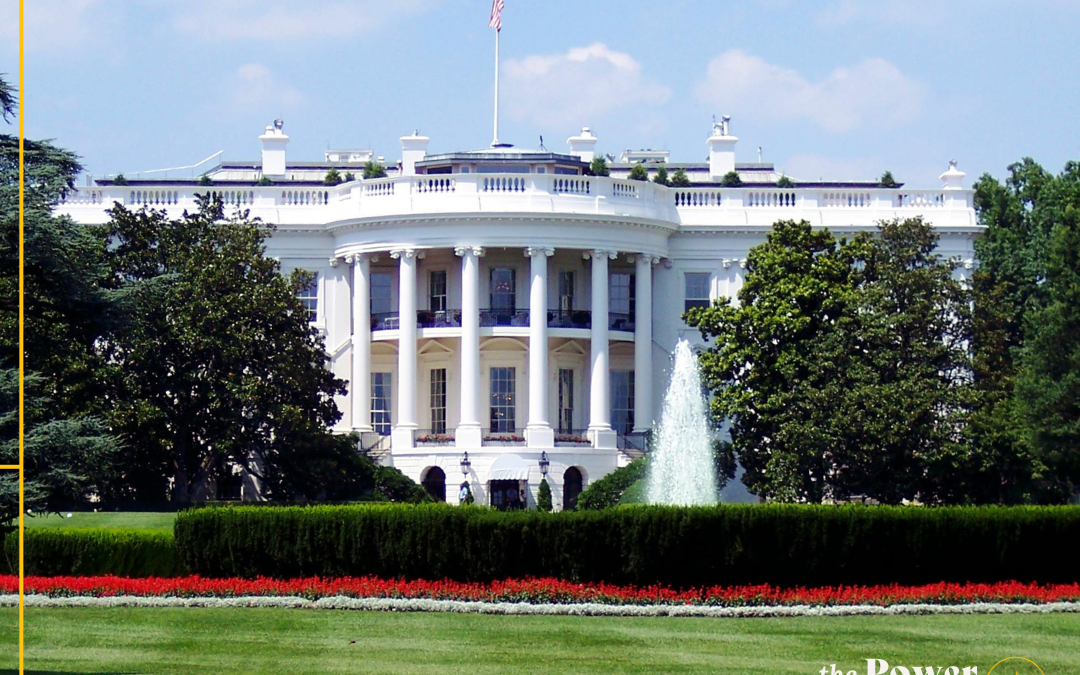On December 27, the President signed the latest COVID-19 relief bills which extend programs that were about to expire, provide stimulus checks to individuals, and create a new round of Paycheck Protection Program (PPP) loans to small businesses. Although the second round of PPP loans looks similar to the previous version, there are a number of differences.
Many of these differences are based on lessons learned from the first round and are targeted to provide relief for the businesses impacted the most by the pandemic.
Loan Eligibility and Calculations
The first difference relates to which employers are eligible. The first round was open to any employer who determined they had a need, while the new round is limited to employers that had a 25 percent reduction in their gross income during any quarter of 2020 in comparison to the same quarter of 2019. This change makes sense since there were many companies that ended up not needing help so far. But, in their defense, look at where we were back in March 2020. There was a lot of uncertainty due to businesses being closed because of the pandemic. Fast forward nearly a year later, now we can clearly see those employers that were affected the most.
The employee limit also changed. Under the first round of PPP, an employer could have up to 500 full-time equivalent employees and be eligible. With the second round, only employers with 300 employees or less are eligible.
The second change only affects certain employers. While the maximum loan calculation stayed the same (generally 2.5 months of payroll), the calculation is now based on either the 2019 payroll for the employer or the payroll for the last 12 months. Since the loans are now targeted to those most affected, it appears that for most employers, the 2019 amount will still provide the most benefit.
In an additional benefit to those industries hardest hit, namely restaurants and hotels, the maximum loan calculation is now based on 3.5 months’ worth of payroll. Businesses will generally be eligible for these benefits if it begins with NAICS Code 72.
Loan Forgiveness Calculations
As any employer who received the first round of PPP is aware, the covered period for expenses was originally eight weeks and then was later expanded to 24 weeks. This new round of PPP keeps the same eight to 24-week period with additional flexibility on choosing the period. This additional flexibility will help those employers who may have their forgiveness limited due to the decrease of employees or paying them less (spoiler alert, those limitations are in the second round of PPP also) since they will be able to choose the period that will benefit them the most.
The new round of PPP expands the expenses that can be used to justify the forgiveness. The first round included payroll, retirement plan contributions, health insurance, certain payroll taxes, as well as non-payroll expenses such as rent, utilities, and mortgage interest. The new round includes interest on other debt obligations, worker protection expenses (PPE), other operational expenses, and property damages that may have resulted from the unrest in some communities. Although this expansion is helpful, most employers are finding that they do not need these additional expenses since the payroll cost alone over a 24-week period is more than the loan amount.
Special Set-Asides and Expanded Eligibility
The new round of PPP has a number of set-asides, once again for those businesses hard hit. Of the $284 billion included in this program, $15 billion is for live venues, independent movie theaters, and cultural institutions.
The eligibility has also been expanded for 501(c)(6) not-for-profit organizations such as business leagues, chambers of commerce, real estate boards, and boards of trade. One caveat is that these organizations cannot have lobbying activities that comprise more than 15 percent of their income or activities.
Other changes to the PPP program include the following:
- Expenses used to justify the PPP loan forgiveness are now deductible. This is a change from the IRS information from earlier this year.
- Loans under $150,000 will need little documentation to be forgiven. This will result in a new loan forgiveness form that the IRS has not yet produced.
As we found with the first round of PPP, there will be some changes and clarifications to this new round. The professionals at Hawkins Ash CPAs will continue to keep you updated with the latest information via our email newsletters, Facebook, Twitter, and on our website.





